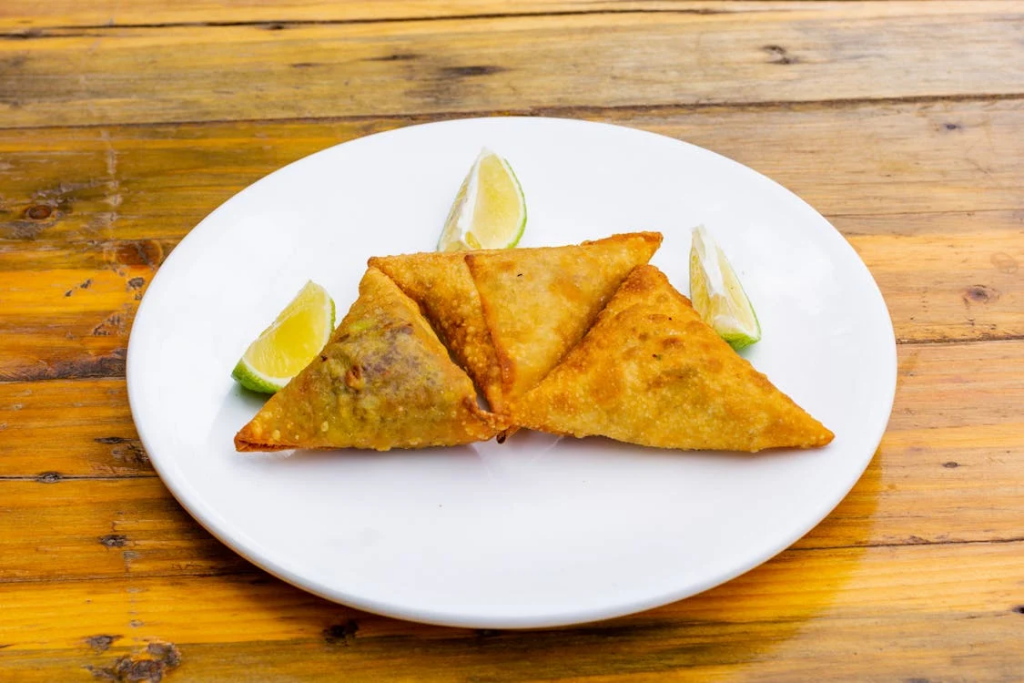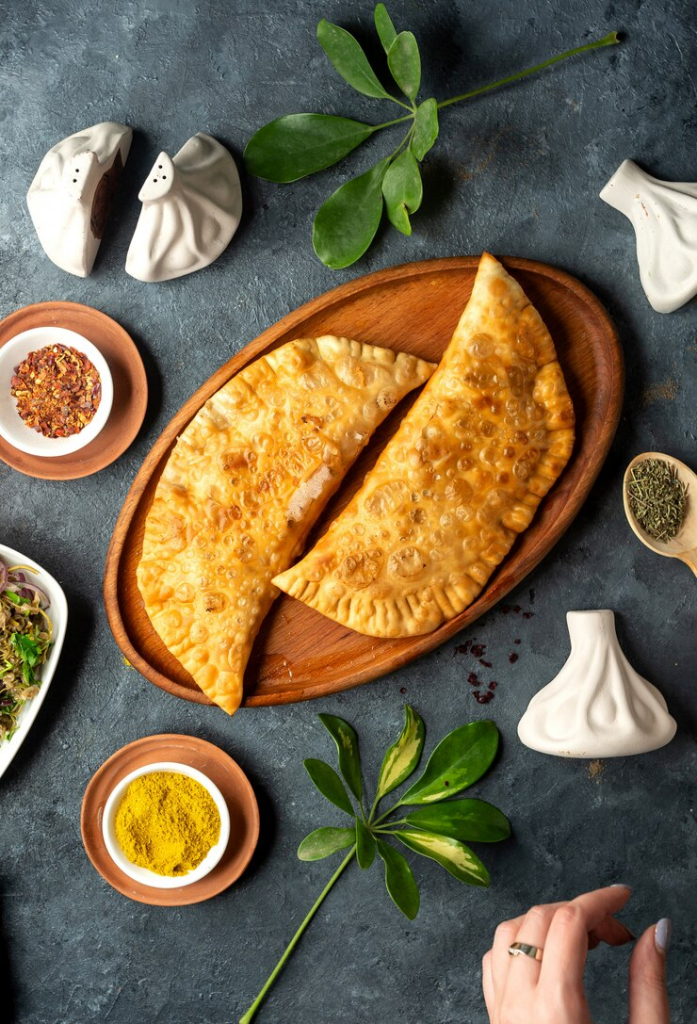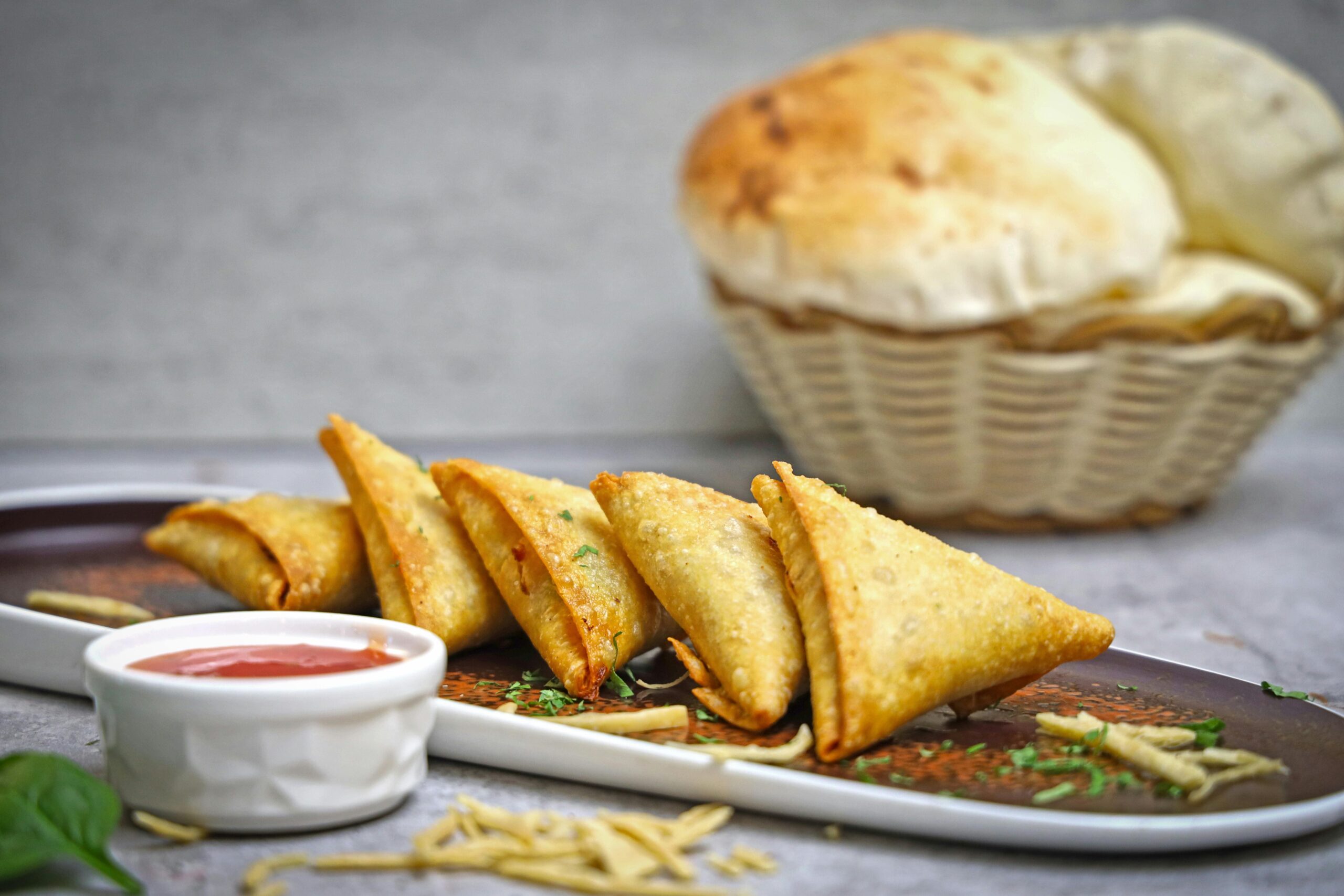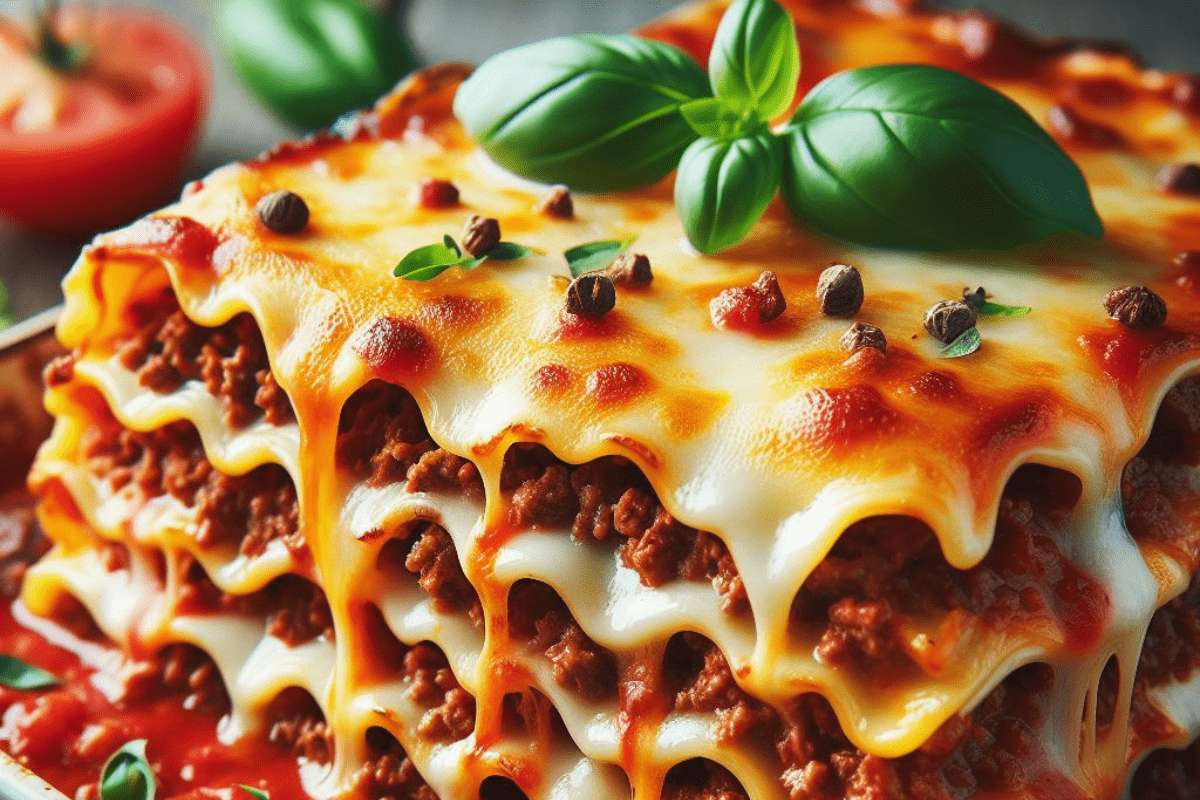Best pastry dough ever is a versatile and essential skill for any aspiring baker. Whether you’re crafting flaky pies, delicate pastries, or savory turnovers, mastering the art of pastry dough opens up a world of culinary possibilities. In this guide, we’ll explore the steps and techniques needed to create perfect pastry dough right in your own kitchen.
Introduction to Best pastry dough ever
Making pastry dough from scratch offers numerous advantages over store-bought options. Not only does it allow for complete control over ingredients, but it also results in superior flavor and texture. With a few basic ingredients and some patience, you can achieve professional-quality pastry dough that forms the foundation for a wide range of delectable treats.
Types of Homemade Pastry Dough
There are several types of pastry dough, each suited to different culinary applications. The most common varieties include puff pastry, shortcrust pastry, and choux pastry. Each type has its own unique characteristics and uses, ranging from flaky pie crusts to airy cream puffs.
Ingredients Required
The ingredients for homemade pastry dough are simple and readily available in most kitchens. Depending on the type of dough you’re making, you’ll typically need flour, butter, salt, water, and eggs for choux pastry. These basic components come together to create a versatile dough that can be adapted to various recipes.

Step-by-Step Instructions for Making Homemade Pastry Dough
Creating homemade pastry dough requires attention to detail and precision. Follow these step-by-step instructions for consistently excellent results:
- Mixing the Dry Ingredients: In a large bowl, combine the flour and salt, mixing until evenly distributed.
- Incorporating the Butter: Cut cold butter into small cubes and add it to the flour mixture. Use a pastry cutter or your fingers to work the butter into the flour until the mixture resembles coarse crumbs.
- Adding Liquid Ingredients: Slowly drizzle in cold water, a little at a time, while gently mixing the dough with a fork or your hands. Continue adding water until the dough comes together into a cohesive ball.
- Resting the Dough: Wrap the dough in plastic wrap and refrigerate it for at least 30 minutes to allow the gluten to relax and the flavors to meld.
- Rolling and Shaping the Dough: Once chilled, roll out the dough on a lightly floured surface to your desired thickness. Use a rolling pin to shape it into a circle or rectangle, depending on your recipe.
- Baking or Chilling as Needed: Follow your specific recipe instructions for baking the pastry dough or chilling it further before use.
Tips and Tricks for Perfect Pastry Dough
Achieving the ideal pastry dough requires attention to detail and a few insider tips:
- Keep Ingredients Cold: Cold ingredients are crucial for a flaky, tender crust. Chill your flour, butter, and water before using them in your recipe.
- Proper Dough Handling Techniques: Handle the dough gently and avoid overworking it, as this can result in tough pastry. Use a light touch when rolling and shaping the dough.
- Troubleshooting Common Issues: If your dough is too dry, add a little more water. If it’s too wet, sprinkle in additional flour. Don’t be afraid to adjust the recipe as needed to achieve the right consistency.
Creative Variations and Flavors
While classic pastry dough is delicious on its own, don’t be afraid to get creative with flavors and ingredients. Experiment with savory options like herbs and cheese or sweet additions like cinnamon and sugar to customize your dough to suit your tastes.
Utilizing Homemade Pastry Dough in Recipes
Once you’ve mastered the art of homemade pastry dough, the possibilities are endless. Use it as the base for pies, tarts, quiches, and more. Whether you’re craving a sweet treat or a savory delight, homemade pastry dough provides the perfect foundation for your culinary creations.

Storage and Shelf Life
Store any leftover pastry dough in the refrigerator for up to three days or freeze it for future use. Wrap it tightly in plastic wrap or aluminum foil to prevent it from drying out or absorbing other flavors from the fridge.
Conclusion
Creating homemade pastry dough is a rewarding endeavor that elevates your baking to new heights. With a bit of practice and patience, you can master this essential skill and unleash your creativity in the kitchen. Whether you’re crafting savory pies or delicate pastries, homemade dough adds a personal touch and unbeatable flavor to your culinary creations.
FAQs (Frequently Asked Questions)
Can I use margarine instead of butter for pastry dough?
While margarine can technically be used as a substitute for butter, it may affect the flavor and texture of the dough. Butter typically provides better flavor and a flakier texture in pastry dough.
How far in advance can I make pastry dough?
Pastry dough can be made in advance and stored in the refrigerator for up to three days or frozen for several months. Just be sure to wrap it tightly to prevent it from drying out or absorbing other flavors.
Can I make pastry dough without a food processor?
Yes, pastry dough can be made by hand without a food processor. Simply use a pastry cutter or your fingers to work the butter into the flour until it resembles coarse crumbs, then add the liquid ingredients and mix until a dough forms.
What is the difference between puff pastry and shortcrust pastry?
Puff pastry is made by repeatedly folding and rolling dough with layers of butter, resulting in a light, flaky texture. Shortcrust pastry, on the other hand, is made with a higher proportion of fat to flour, resulting in a crumbly, tender crust.
Can I freeze unbaked pastry dough?
Yes, unbaked pastry dough can be frozen for several months. Wrap it tightly in plastic wrap or aluminum foil before freezing, and thaw it in the refrigerator overnight before using.



